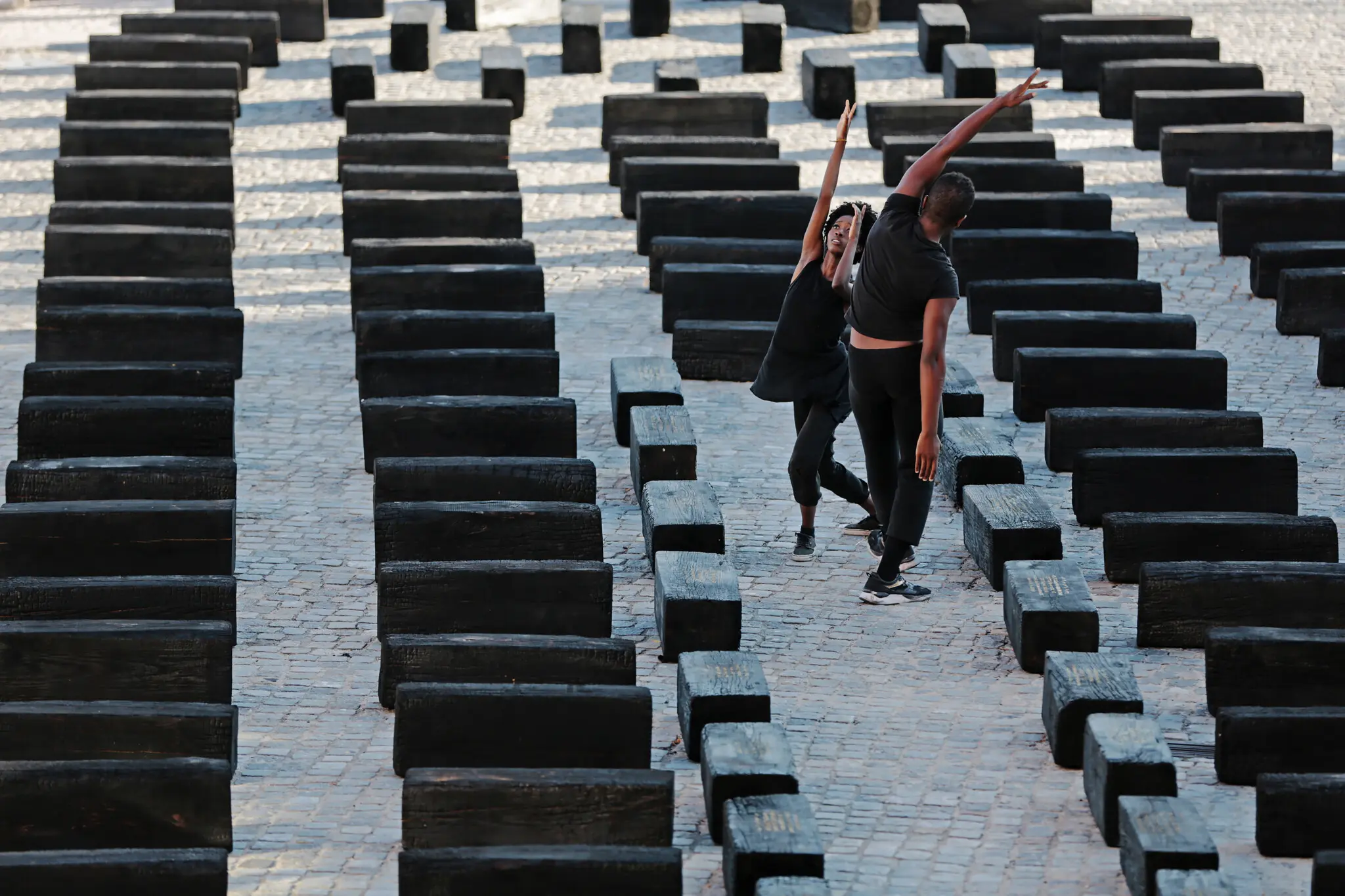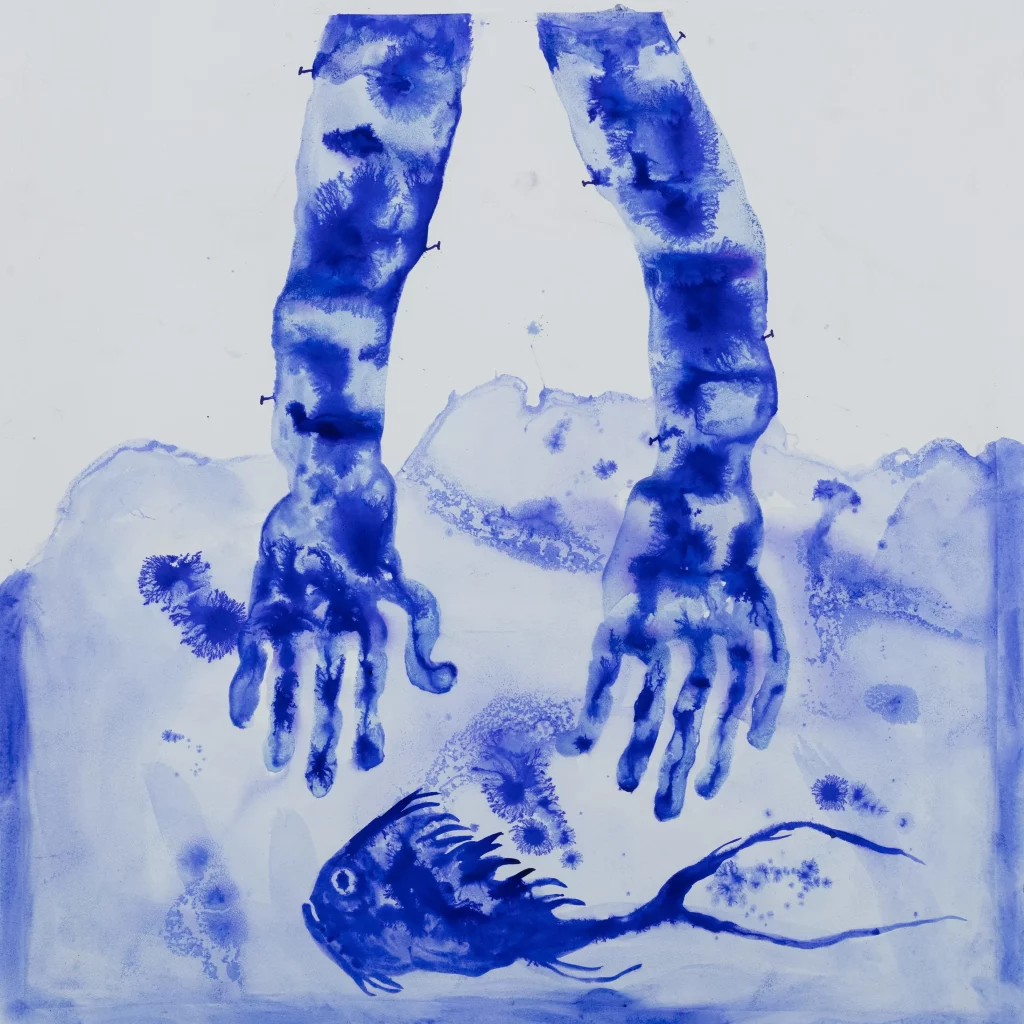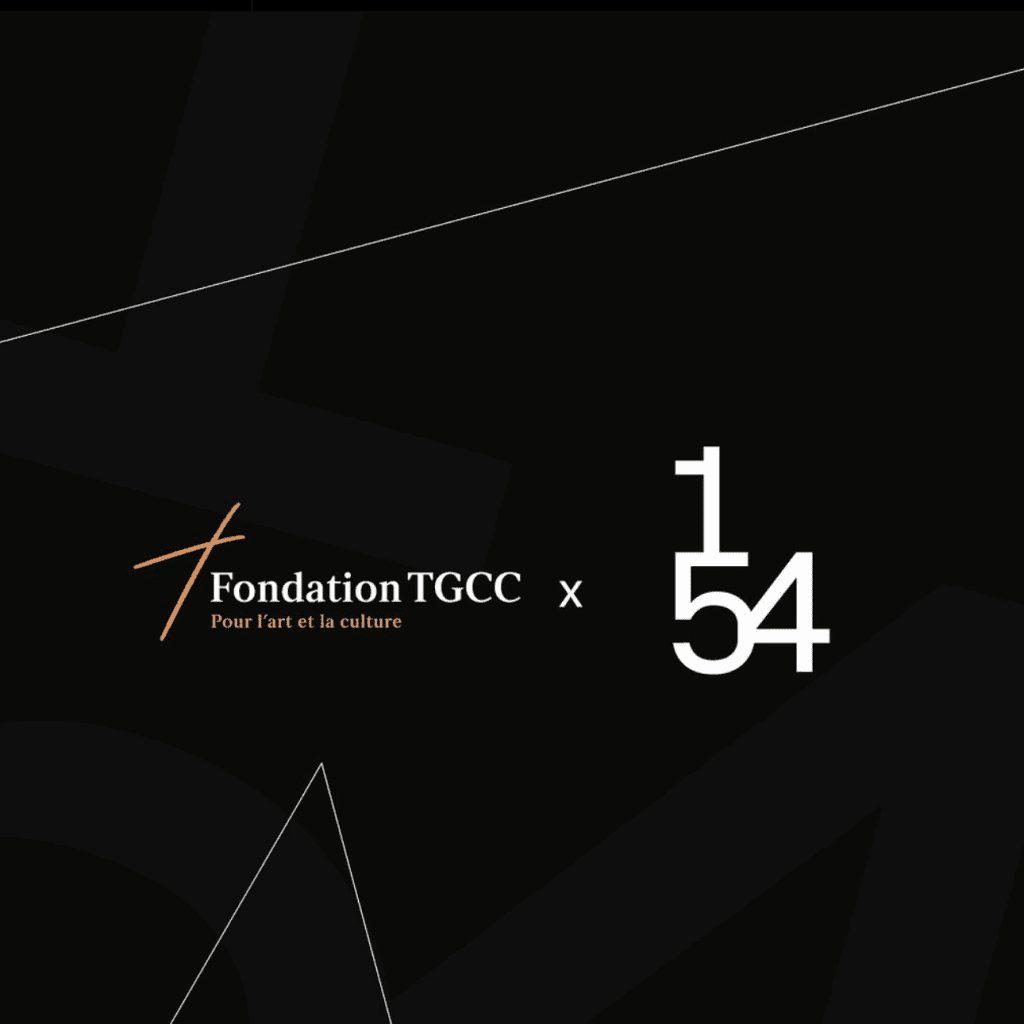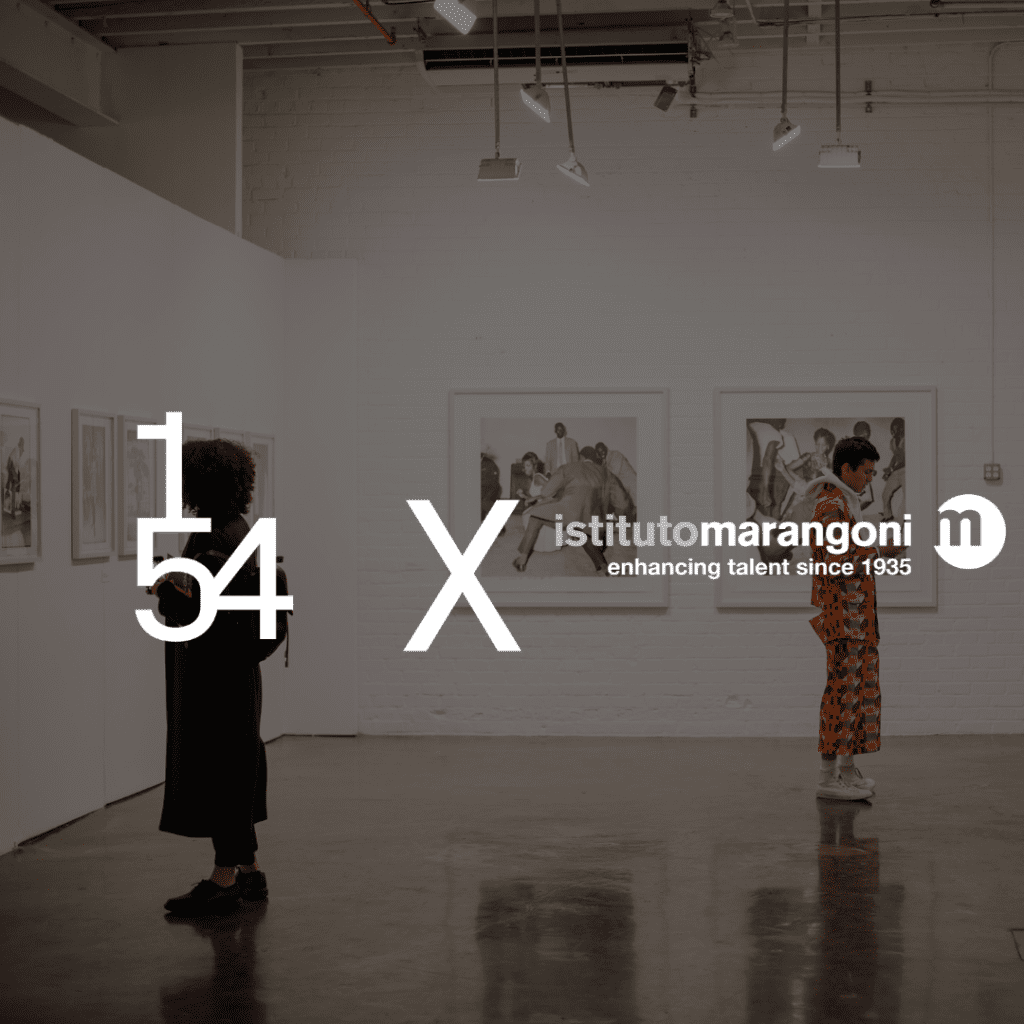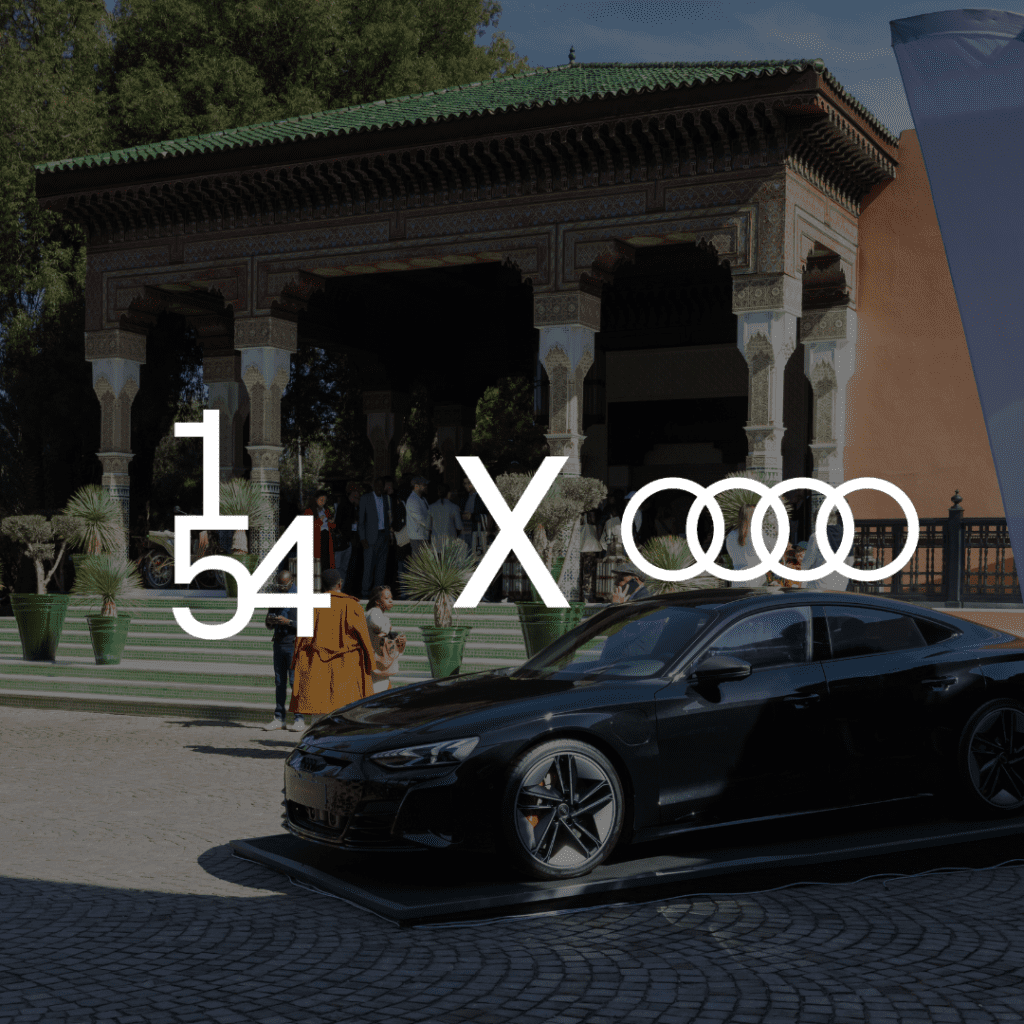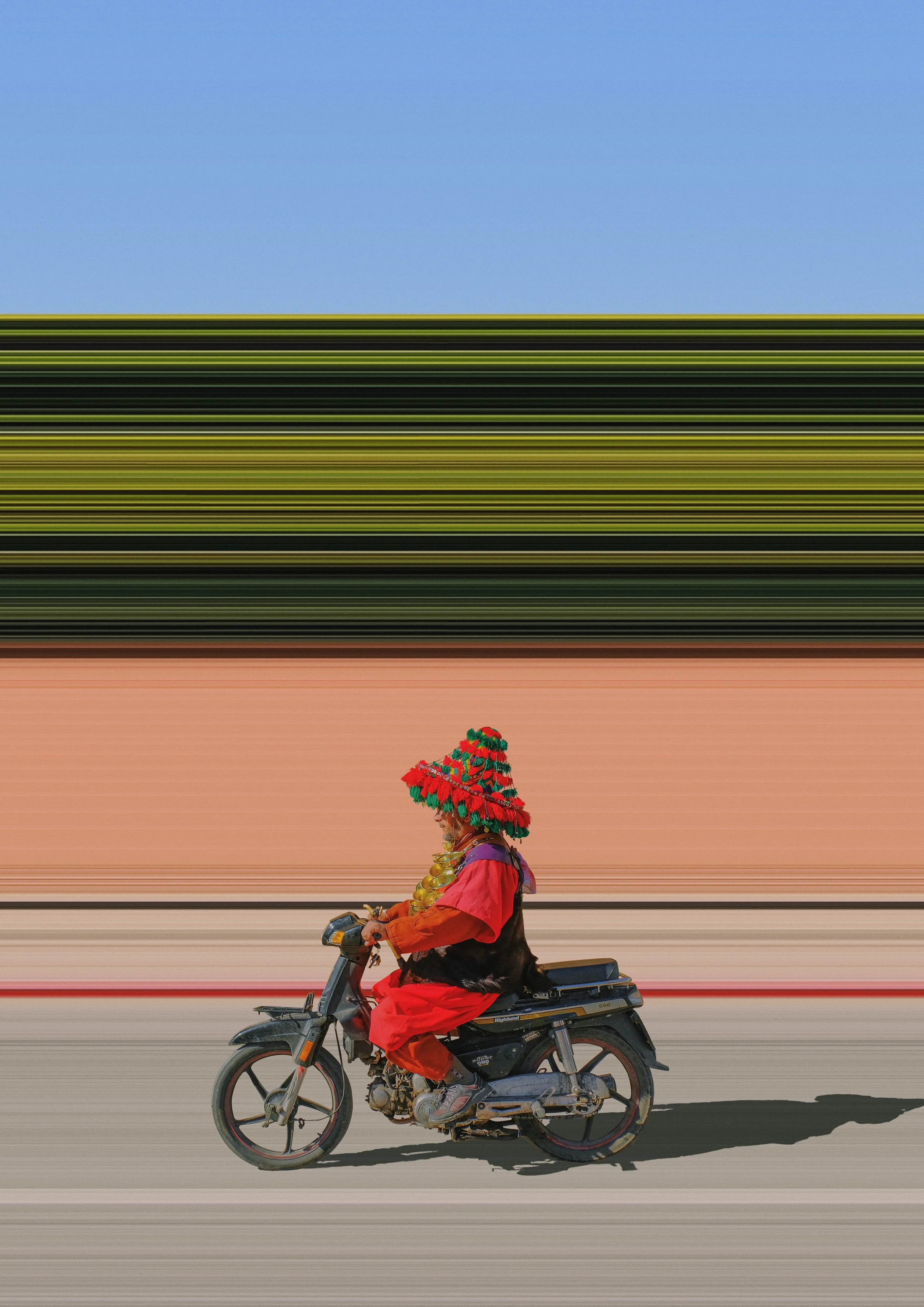Grada Kilomba, O Barco/ The Boat, 2021, Performance and Installation view at MAAT, Lisbon for BoCA, 2021. Photo by Bruno Simão. Courtesy of the Artist.
You come from the world of academia; you have been a lecturer on Post-colonial studies, Psychoanalysis and Performance, and a Guest Professor for Gender Studies. What drew you to become an artist?
I am asked this question many times. And for a long time, I was unable to give a concrete answer. But, I see my work as a hybrid work, it is informed by various disciplines and it was always performed in various platforms: from psychoanalysis to academia, to literature to theatre. My work can be placed everywhere and nowhere at the same time. I think this hybridity defines my artistic practice. Post-colonial studies, writing or psychoanalytical essays are as fundamental to my approach as film editing, choreography or costume – all these deeply inform my work. So, I would simply answer: I have always been an artist, with an unusual trajectory.
You describe yourself as a “modern-day griot”. Can you please explain what you mean by this?
Maybe I would describe myself instead as a “storyteller.” Above all, I am interested in telling stories. Stories that have been untold, silenced, forgotten or unnamed by structures of power and violence. Telling a story allows me to create an intimacy with the audience, who ultimately become part of the storytelling, through identification and recognition, I find this process very profound. At the same time, storytelling is not attached to any particular discipline or medium. A story can be told in multiple ways, and each story defines its own way. I would even say, it is the story itself that defines how it wants to be told – it almost whispers to one’s ears. So, in my practice I often see myself working with medium and materials, which I have never worked with before, but which are central to tell a particular story. For instance, to this piece The Boat, not only the scale, but the format, the materials, and the process of telling the story, was new for me. So to say, each story invites me to reinvent myself, as an artist.
Your storytelling, texts, and language address a deep-seated and collective trauma. Do you think that by candidly exposing these unresolved painful memories and tragic histories, we’ll be able to heal and learn from the mistakes?
I think, as long as history is not told properly, its barbarity repeats itself.
“Post-colonial studies, writing or psychoanalytical essays are as fundamental to my approach as film editing, choreography or costume – all these deeply inform my work. So, I would simply answer: I have always been an artist, with an unusual trajectory.”
Grada Kilomba
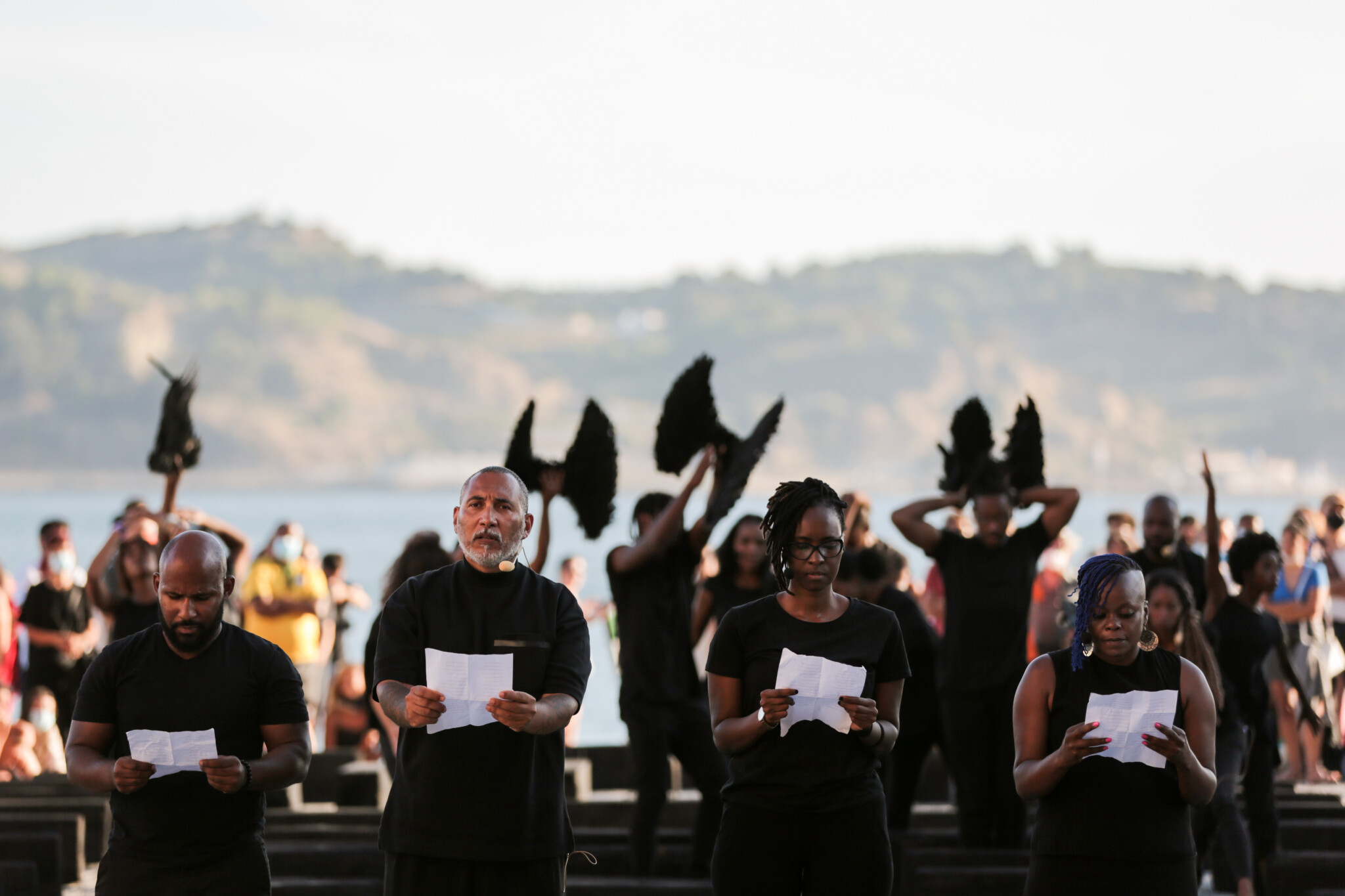
Grada Kilomba, O Barco/ The Boat, 2021, Performance and Installation view at MAAT, Lisbon for BoCA, 2021. Photo by Bruno Simão. Courtesy of the Artist
How did you conceive O Barco/The Boat, which will be shown in Somerset House’s courtyard for 1-54 London this year? Was it a project you had been thinking about for a long time?
The Boat (2021) started during the making of my previous piece on Antigone, Illusions Vol. III, Antigone (2019). This story raised fundamental questions around death and life; ceremony and ritual; mourning, memory and forgetting. Both brothers of Antigone have died, and king Creon has proclaimed that one should be buried with a ceremony, while the other, for opposing his governance, should be left on the road as food for birds and dogs. Whose bodies can be properly buried, mourned or cried for? Whose bodies can be named, remembered or celebrated? And where? Antigone became a passage to The Boat. One piece leads me to the next. In the myth, the king did not allow the second brother to be buried properly, because he wanted him to be forgotten. When ceremony, ritual, or physical space to mourn the dead are forbidden, memory cannot be produced. This is still a very pertinent question today. So how to remember in a public space what has (de)formed human history for centuries?
How did you translate these questions into the artwork?
I started by studying public sculptures, first in Lisbon where I was born and grew up, as well as in Berlin where I live and work today, and elsewhere in Europe. And there is a deep contradiction between history and how history is told and inscribed in public spaces. In one hand, the monumental sculptures, celebrating the ‘discoveries’ and the boats as symbols of glory and exploration; and on the other hand, the absence, denial or erasure of what these boats were for and who these boats were carrying inside. But how can we erase one of the longest and most horrendous tragedies of human history – the transatlantic slave trade? Therein lies my work, questioning the collective imaginary. So, the sculptural installation, mimics exactly how the bodies of millions of African people were displayed or ‘stored’ on the bottom of these boats, during the middle passage. The 32 meters long sculpture mirrors in size the colonial monuments surrounding us, making visible, the invisible; making conscious, the unconscious.
“When ceremony, ritual, or physical space to mourn the dead are forbidden, memory cannot be produced. This is still a very pertinent question today. So how to remember in a public space what has (de)formed human history for centuries?”
Grada Kilomba
What is this O Barco/ The Boat installation made of and how did you realise it?
I wanted to elaborate a kind of black feminist living object: grounded on the floor, with materials that are neither permanent nor eternal, in contrast to the colonial sculptures: with hard materials and elevated in the air, as phallic objects. So, clay, was the first material I experimented with. Later on, I worked with burnt re-used wood, and this was absolutely beautiful, both the process and the result. It was the material and the vocabulary to tell this story. This was quite emotional. Once burnt, the pieces of wood reveal a skin, that is unique. One literally has to cry during this process, because each one of the 146 pieces that compose this work, have its one skin print, its own scars and its own wounds – like a unique person. As there is no complete list for the millions of enslaved africans, to write on the surface of this metaphorical tombs, I wrote instead a poem, in 18 verses. The poem was translated into six languages (Yoruba, Kimbundu, Creole, Portuguese, English and Arabic), engraved on the surface of the wooden pieces, and painted by hand in gold. The gold and burnt black wood create a strong contrast, which invites the audience to enter The Boat, to read. This is exactly what I wanted to create, a place and a choreography of contemplation.
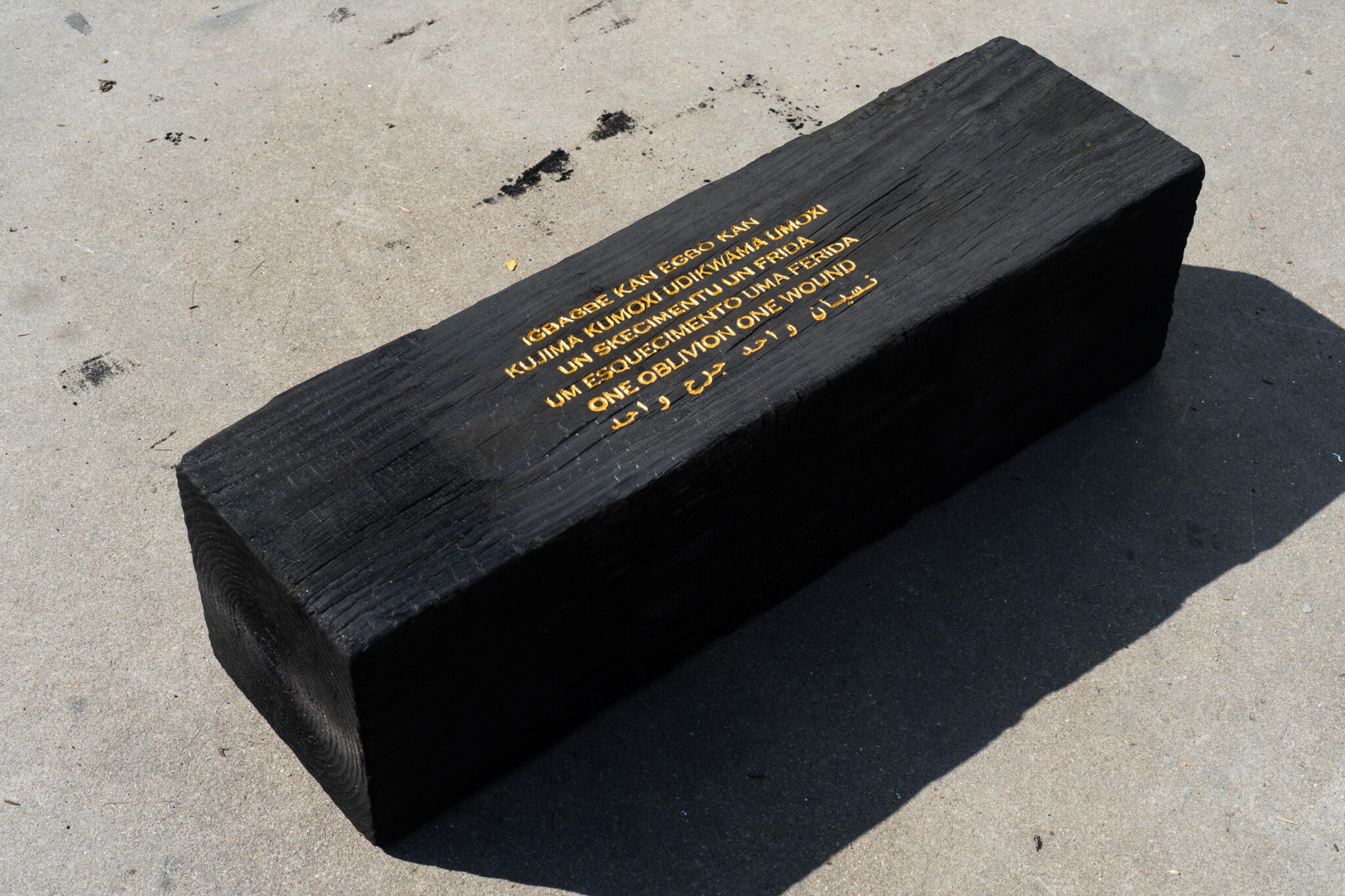
Grada Kilomba, O Barco/ The Boat, 2021, Installation view at MAAT, Lisbon for BoCA, 2021. Photo by Artworks. Courtesy of the Artist.
While talking about your work O Barco/The Boat, commissioned by BoCA – Biennial of Contemporary art in Lisbon and Kunsthalle Baden Baden, in 2021, you mentioned that translating human tragedy into choreography, sounds, and chants allows you to work no more with the conscious but with the unconscious, entering this way the collective imaginary. Do you think that through your performances, you can convey and display your messages on a deeper level?
Yes, absolutely. I think performance works with something extraordinary, the unexpected. It generates a reaction, an emotion in the audience, through the four elements of time, space, body and presence. The voices and the movements of the bodies present in the space, not only activate the sculpture, but it can turn the sculpture itself into a place of transformation. When elaborating the performance, my intention was not only to remember history, but above all to create this place of contemplation, care and transformation.
“The most beautiful and challenging task for me as an artist, is exactly to experiment and reinvent new languages which are able to name what has been unnamed, misnamed and not named at all. That is the future, and the future is inevitable.”
Grada Kilomba
In an interview earlier this summer, you said, “I look at my work, and at the work of other Black women artists, and I think we are really designing the future, while also liberating the past. There’s a serious lack of vocabulary for reading our work. It is often reduced to being viewed through a historical lens, but this is futuristic work which is currently inventing a vocabulary to describe something for which no language – whether semantic or visual – yet exists.” How do you see the future? Do you think we need to invent and learn a new way of communication?
The vocabulary and the languages that are given to me cannot tell the stories that I want to tell. So, there is an urgent need to reinvent, to redefine the present – and this process in which layers of time coexist, I would call the future. So, I think, the most beautiful and challenging task for me as an artist, is exactly to experiment and reinvent new languages which are able to name what has been unnamed, misnamed and not named at all. That is the future, and the future is inevitable.
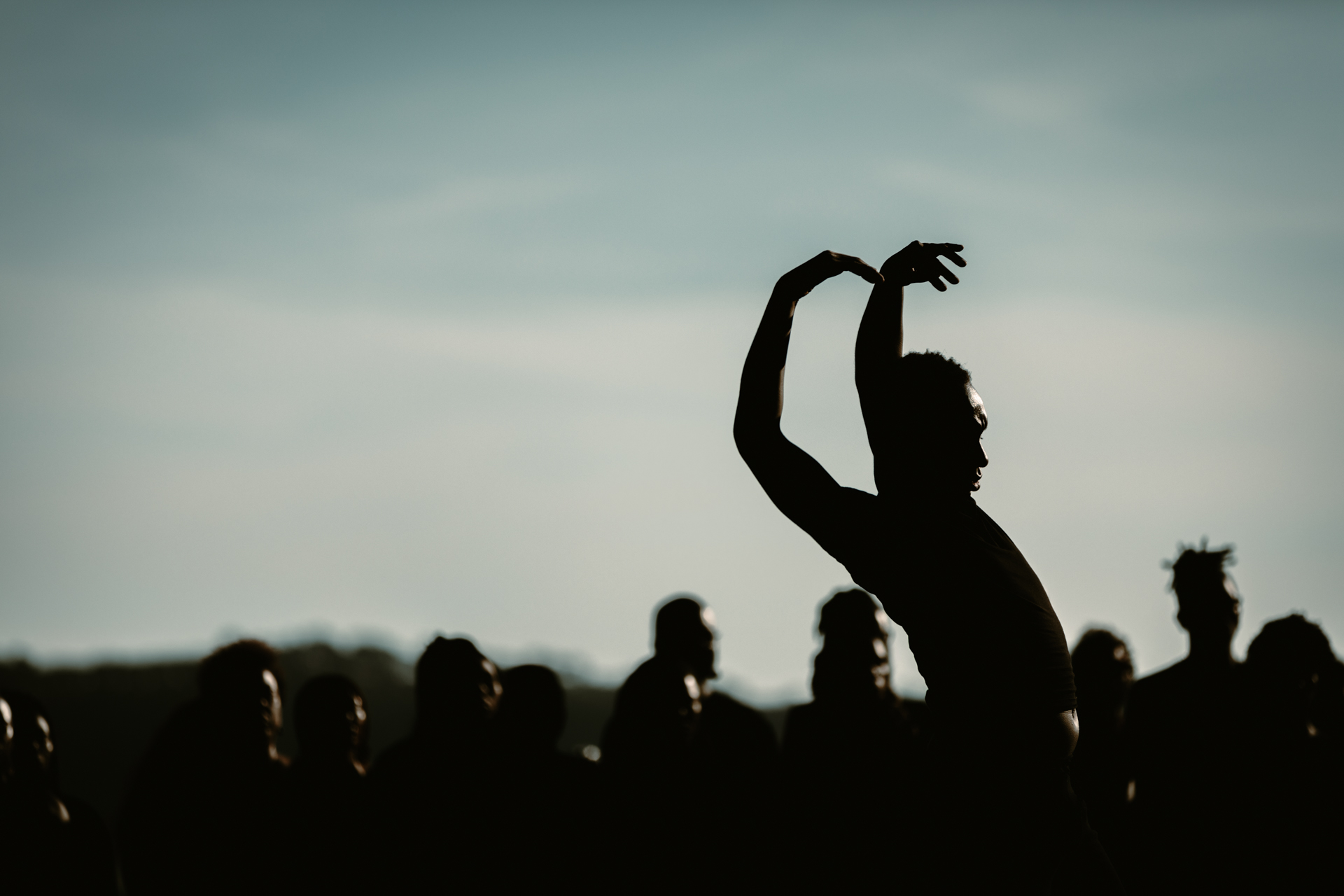
Grada Kilomba, O Barco/ The Boat, 2021, Performance and Installation view at MAAT, Lisbon for BoCA, 2021. Photo by By Agency. Courtesy of the Artist.
